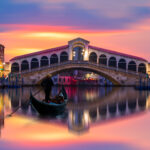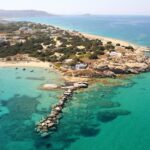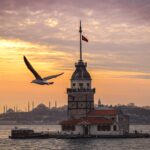Best of Spain and Portugal in 14 Days
Day 1: Arrive in Madrid, Spain
Madrid is the vibrant and cosmopolitan capital city of Spain and is home to some of the most beautiful architecture, rich history, and vibrant culture in the country. Upon arrival, take some time to explore the city and get acquainted with the local sights and sounds.

One of the best places to start is the stunning Plaza Mayor, which is located in the heart of the historic center of Madrid. This beautiful square is surrounded by stunning architecture and is home to a variety of cafes, restaurants, and shops where you can relax and soak up the local culture. In the evening, head to one of the city’s many restaurants to enjoy some traditional Spanish cuisine and drinks, and to experience the lively atmosphere of Madrid after dark.
Day 2: Madrid
Spend your second day in Madrid exploring the city’s many sights and attractions. Start your day at the stunning Royal Palace of Madrid, which is one of the most beautiful examples of Baroque architecture in Spain. From there, head to the iconic Plaza de España, which is home to the beautiful Monument to Cervantes and the stunning Edificio España.
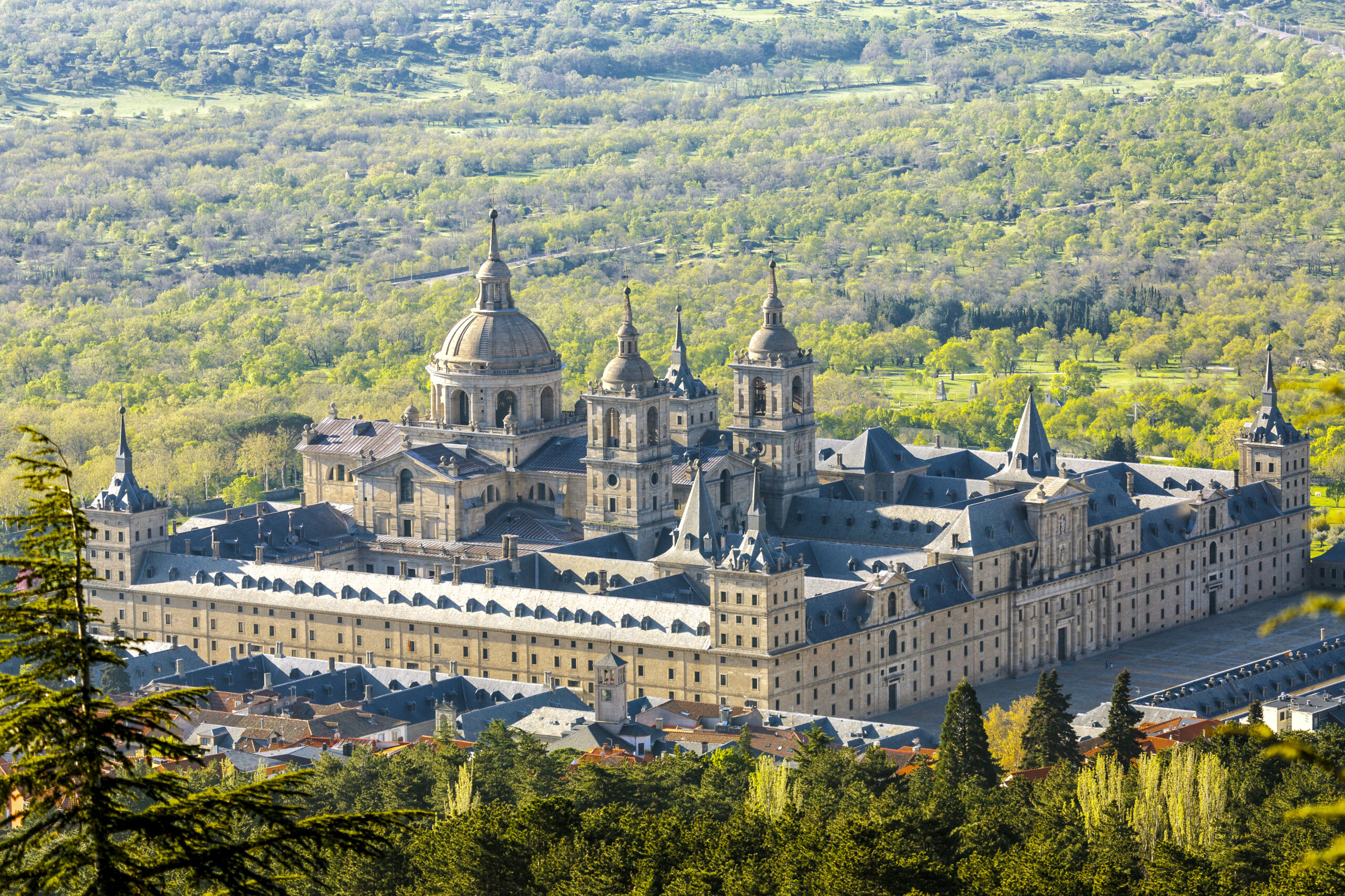
After lunch, head to the beautiful Retiro Park, which is the perfect place to relax and enjoy some time in the great outdoors. This beautiful park is home to a variety of fountains, statues, and gardens, as well as the famous Crystal Palace and the beautiful Rosaleda rose garden.
In the evening, head to the lively Chueca neighborhood to experience the local culture and enjoy some traditional Spanish tapas and drinks at one of the many bars and restaurants in the area.
Day 3: Madrid – Salamanca – Porto
Leave Madrid and head north towards the beautiful city of Salamanca, which is known for its stunning architecture and beautiful views of the surrounding countryside. Spend some time exploring the city’s many sights, including the stunning Plaza Mayor, the beautiful Casa de las Conchas, and the iconic University of Salamanca.
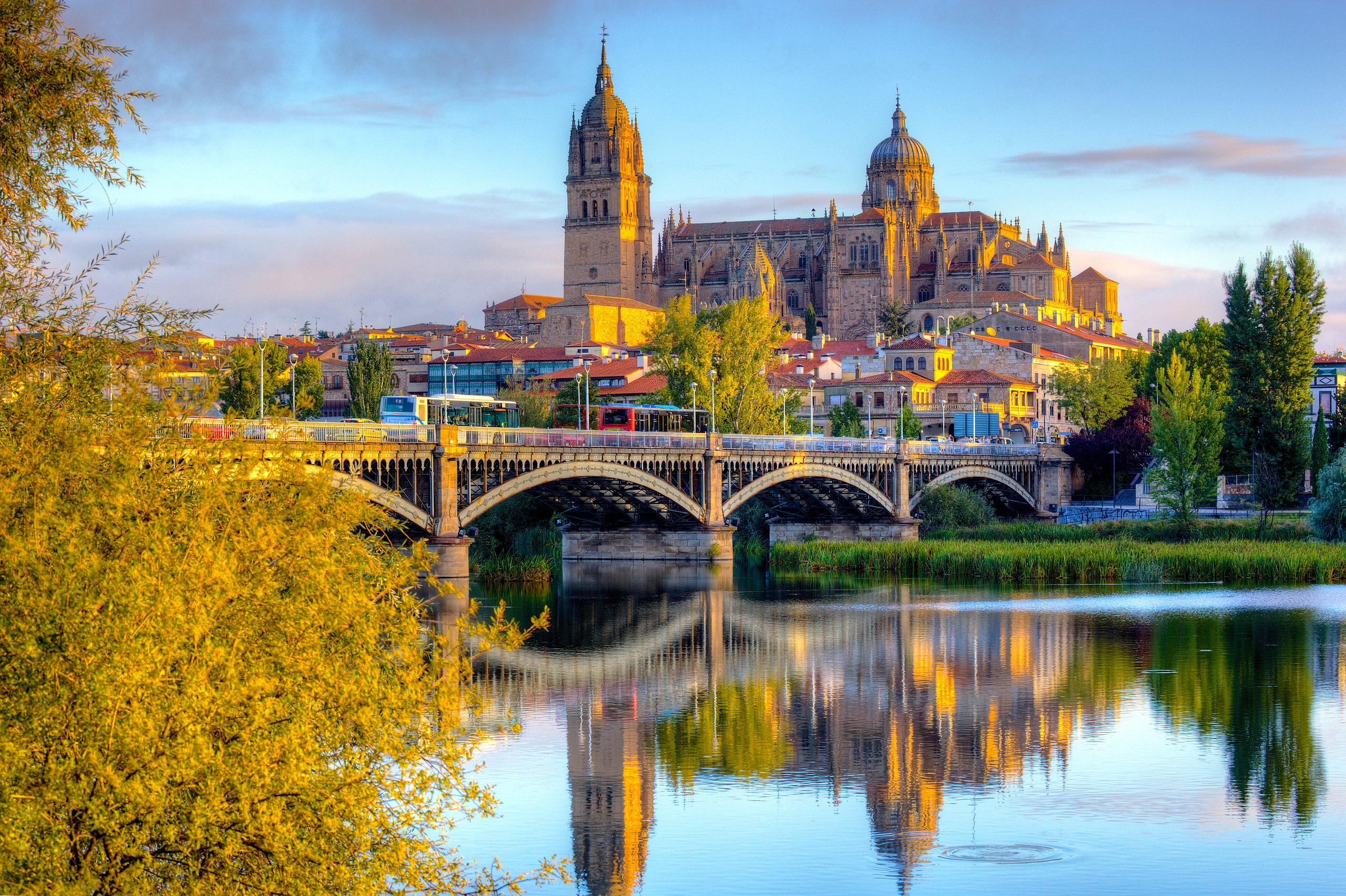
After lunch, continue your journey to the beautiful city of Porto in Portugal. This stunning city is known for its beautiful architecture, rich history, and vibrant culture. Spend some time exploring the city’s many sights, including the beautiful Ribeira district, the stunning Douro River, and the iconic Clerigos Tower.
In the evening, head to one of the city’s many restaurants to enjoy some traditional Portuguese cuisine and drinks, and to experience the lively atmosphere of Porto after dark.
Day 4: Porto
Spend your second day in Porto exploring the city’s many sights and attractions. Start your day at the stunning Palacio da Bolsa, which is one of the most beautiful examples of Neoclassical architecture in Portugal. From there, head to the iconic Dom Luis I Bridge, which is one of the most famous landmarks in the city.
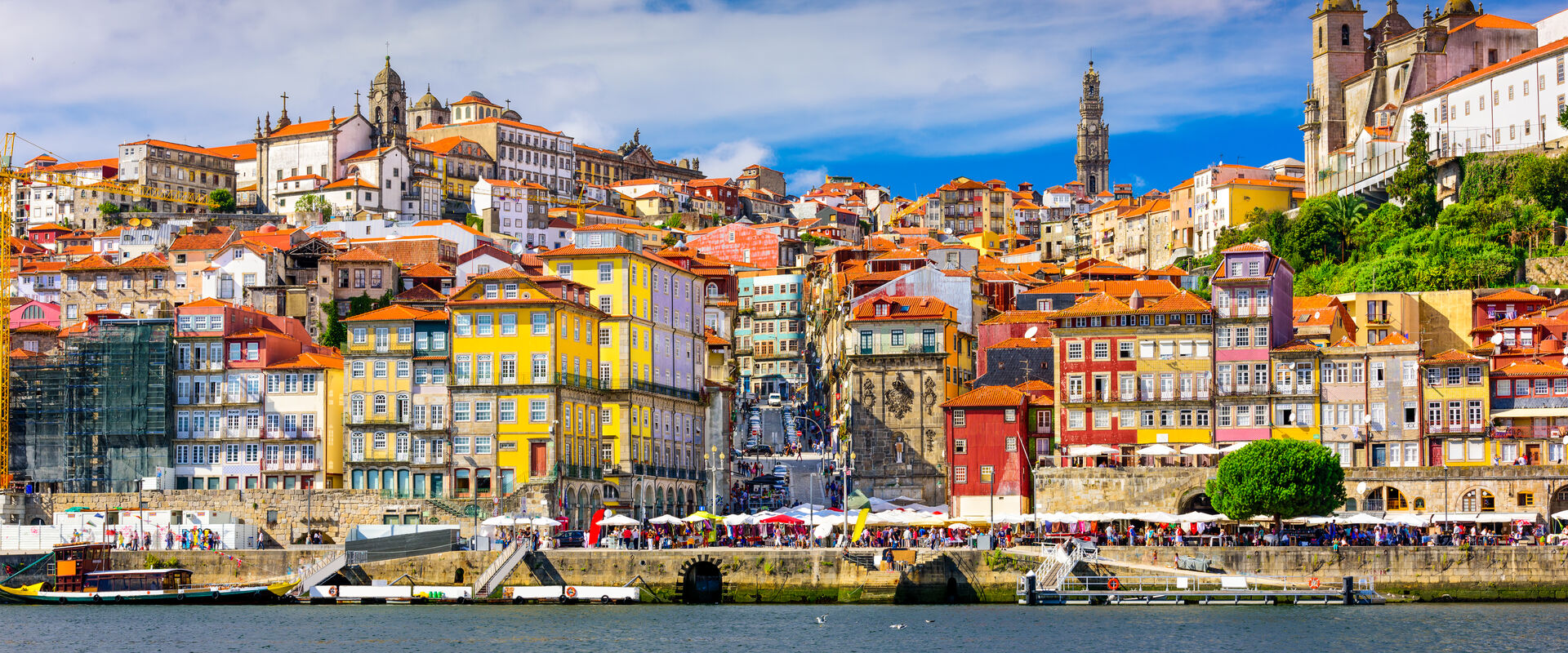
After lunch, head to the beautiful Serralves Museum of Contemporary Art, which is home to a variety of stunning works of art and is surrounded by beautiful gardens and parks. This is the perfect place to relax and enjoy some time in the great outdoors.
In the evening, head to the lively Rua das Flores to experience the local culture and enjoy some traditional Portuguese tapas and drinks at one of the many bars and restaurants in the area.
Day 5: Porto – Coimbra – Fátima
after breakfast, you will depart for Fátima, a small town north of Lisbon famous for its shrine dedicated to the Virgin Mary. The shrine is an important pilgrimage site for Catholics from around the world, and you will have the opportunity to explore the beautiful basilica and attend mass if you wish.
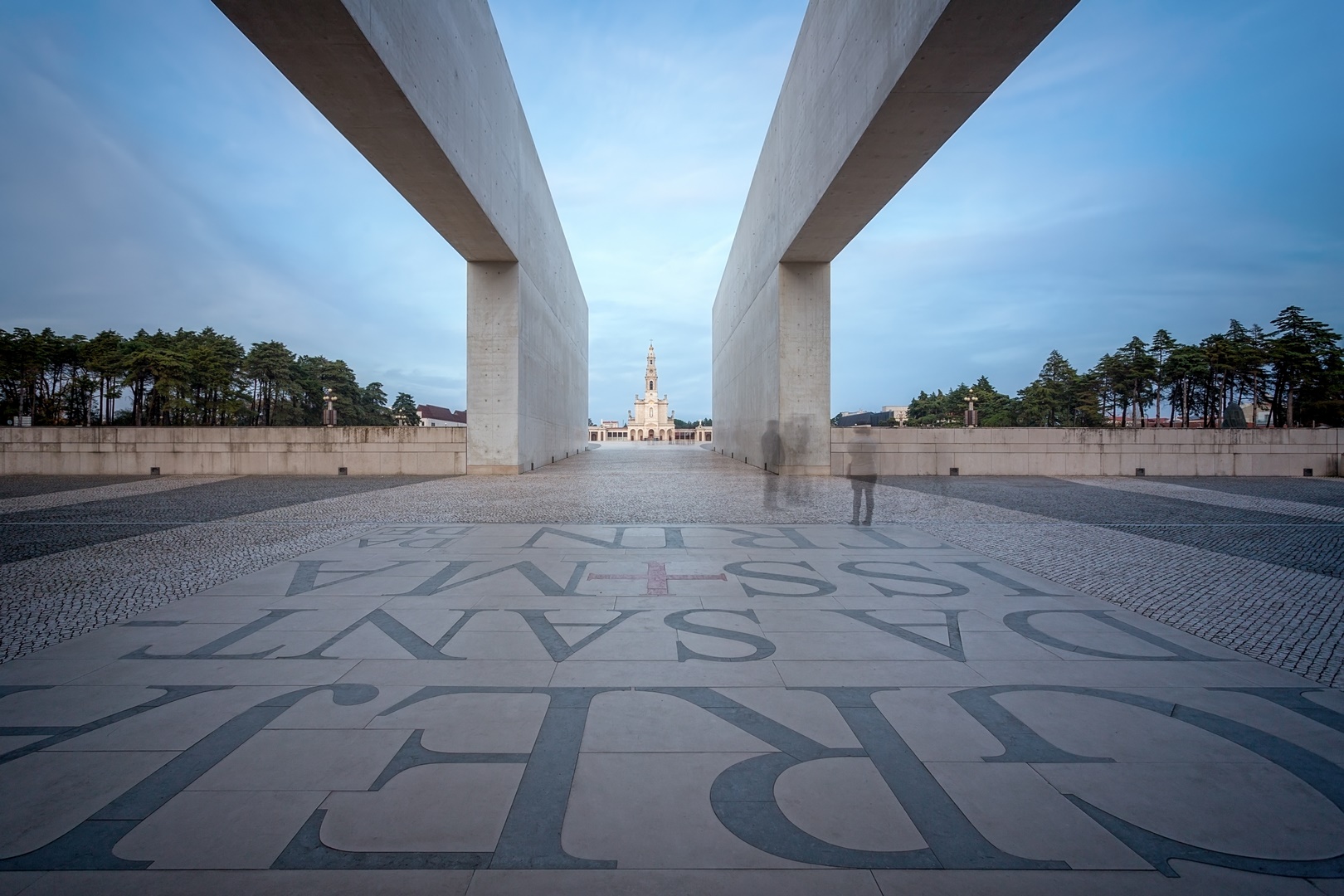
After Fátima, you will head to the town of Batalha, where you can visit the UNESCO-listed Monastery of Batalha. The monastery was built in the 14th century and is one of the finest examples of Gothic architecture in Portugal. From there, you will continue on to the picturesque fishing village of Nazaré, where you can take a stroll along the beach and enjoy some fresh seafood for lunch.
Your final stop of the day will be the town of Alcobaça, where you can visit the impressive Monastery of Alcobaça. This 12th-century monastery is another UNESCO World Heritage Site and is considered one of the most significant examples of early Gothic architecture in Portugal. In the late afternoon, you will arrive in Lisbon, where you will spend the night.
Day 6: Fátima – Batalha – Nazaré – Alcobaça – Lisbon
you will have a full day to explore the vibrant city of Lisbon. Start by visiting the historic district of Belém, located on the western edge of the city. Here you can see the iconic Tower of Belém and the nearby Jerónimos Monastery, both of which are UNESCO World Heritage Sites.
After Belém, head back into the city center and explore the lively neighborhoods of Alfama and Bairro Alto. Alfama is known for its winding streets and charming traditional houses, while Bairro Alto is known for its trendy bars and restaurants.
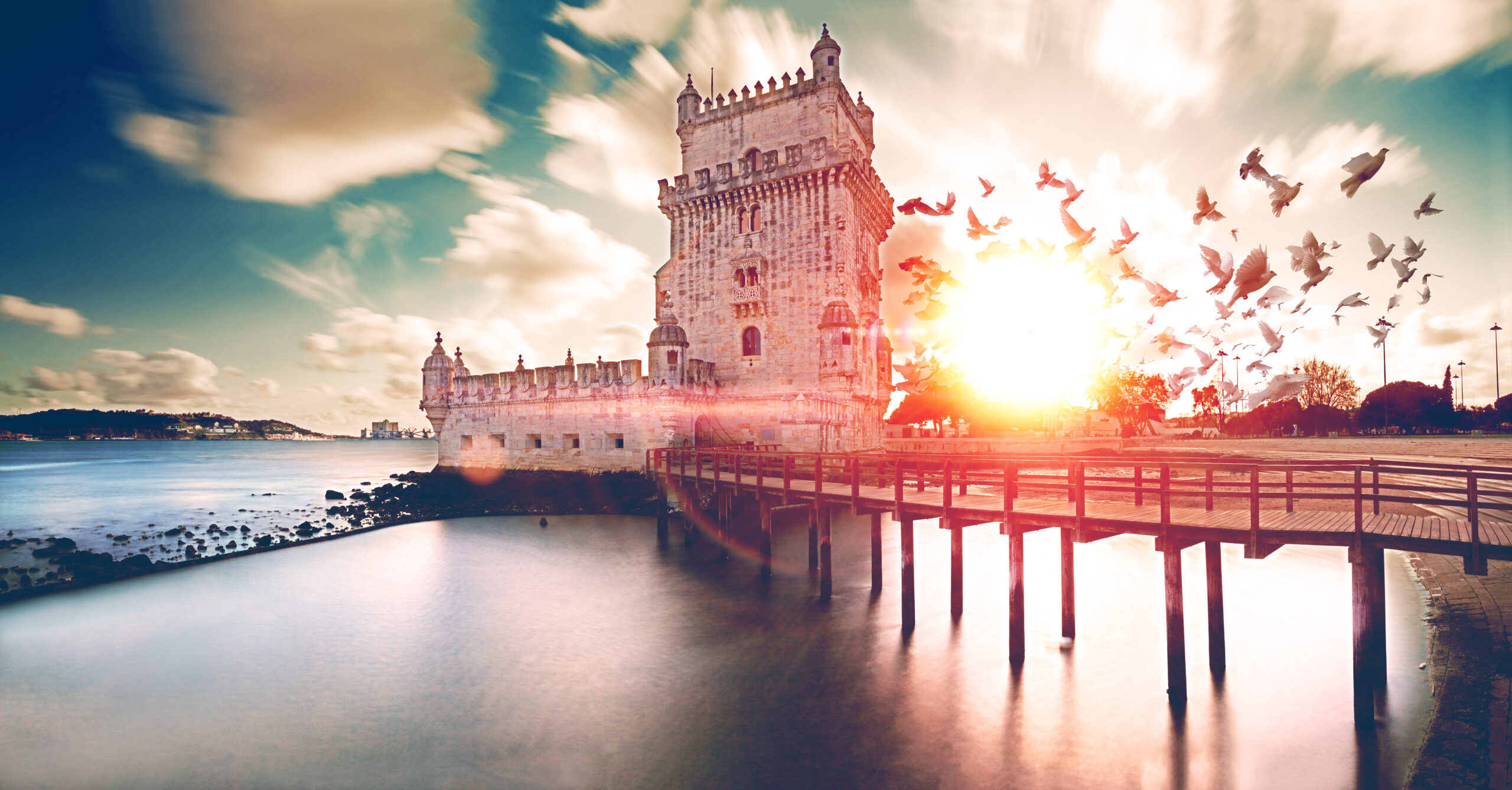
In the afternoon, take a ride on the historic Tram 28, which will take you through some of Lisbon’s most picturesque neighborhoods. You can also visit the famous São Jorge Castle, which offers stunning views of the city.
In the evening, head to the lively neighborhood of Chiado, where you can enjoy a meal at one of the many restaurants or cafes. Don’t forget to try some of the local delicacies, such as pastéis de nata (custard tarts) or bacalhau (salt cod).
Day 7: Lisbon
On the seventh day of your trip, you’ll spend the day exploring the vibrant city of Lisbon. Start your day by visiting the Belem Tower, a historic fortification located on the Tagus River that played a crucial role in Portugal’s maritime history. From there, head to the nearby Jeronimos Monastery, an iconic landmark that features stunning Gothic and Manueline architecture.
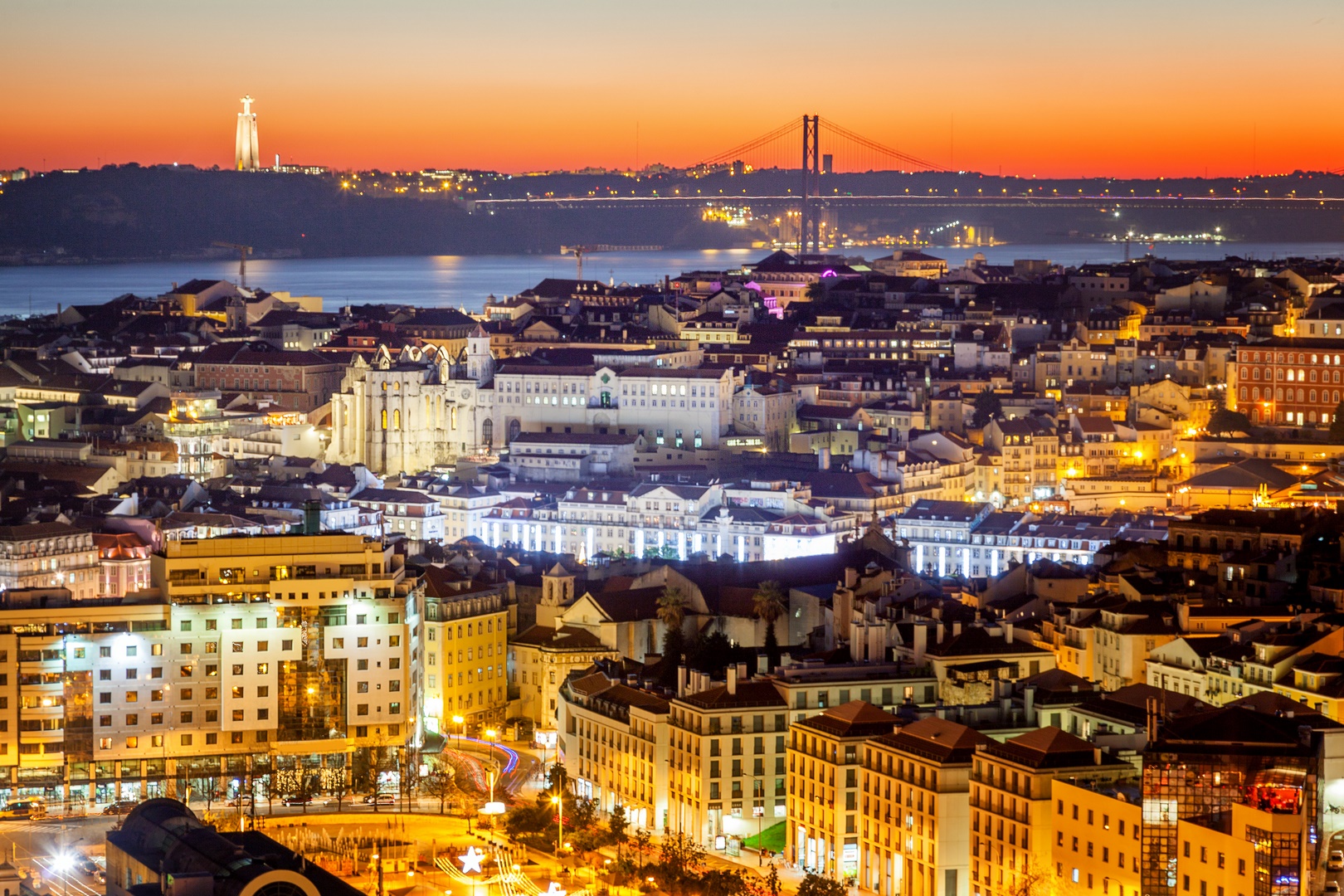
Afterward, take a stroll through the charming streets of the Alfama district, one of Lisbon’s oldest neighborhoods. Here, you’ll find picturesque alleys and buildings adorned with colorful tiles, as well as plenty of bars and restaurants where you can stop for a bite to eat. Make sure to try some of Portugal’s famous pastel de nata, a delicious custard tart that originated in Lisbon.
In the afternoon, you can visit the Gulbenkian Museum, which houses an impressive collection of art and artifacts from around the world. Alternatively, you can take a ride on one of Lisbon’s iconic yellow trams and explore the city’s many scenic viewpoints, including the Miradouro da Senhora do Monte and the Miradouro das Portas do Sol.
Day 8: Lisbon – Cáceres – Cordoba
On day 8, it’s time to leave Lisbon and head to Cáceres, a historic city in the Extremadura region of Spain. Cáceres is a UNESCO World Heritage site and is famous for its well-preserved medieval architecture. Stroll around the old town, visit the ancient castle, and marvel at the beautiful palaces and mansions. After exploring Cáceres, continue the journey towards Cordoba.
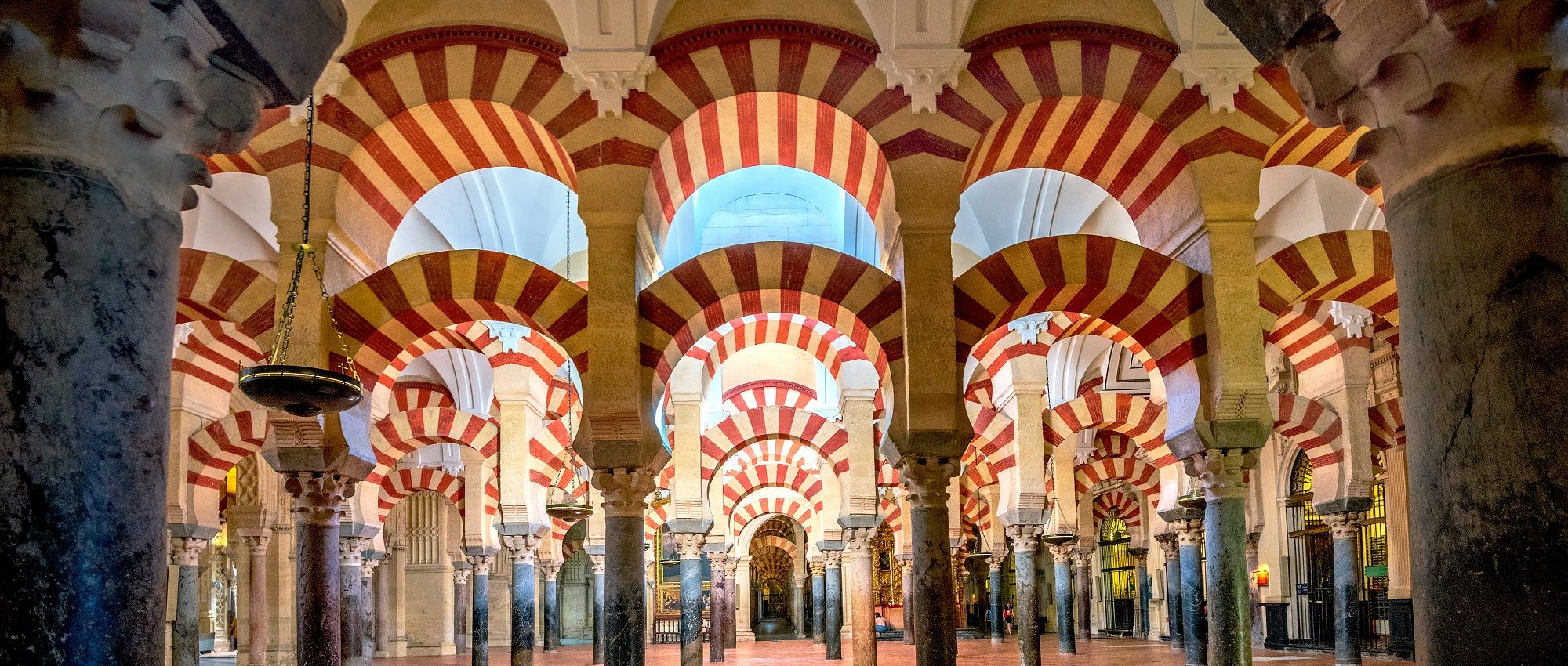
Cordoba is a beautiful city in Andalusia, famous for its stunning Mezquita (mosque-cathedral), one of the most beautiful examples of Islamic architecture in the world. The Mezquita is a fascinating mix of Islamic and Christian architecture, reflecting the complex history of Cordoba. Take a guided tour of the Mezquita to fully appreciate its beauty and history. After visiting the Mezquita, wander around the charming streets of the old town, explore the Jewish Quarter, and visit the beautiful Alcazar de los Reyes Cristianos, a medieval palace-fortress with stunning gardens.
Day 9: Cordoba – Seville
On day 9, it’s time to leave Cordoba and head to Seville, the capital of Andalusia and one of the most beautiful cities in Spain. Seville is famous for its stunning Gothic cathedral, the largest cathedral in the world, and the beautiful Alcazar of Seville, a stunning palace-fortress with Moorish and Christian influences. Take a guided tour of the cathedral and the Alcazar to fully appreciate their beauty and history.

After visiting the cathedral and the Alcazar, wander around the charming streets of the old town, explore the beautiful Plaza de España, and enjoy the vibrant atmosphere of the city. Seville is famous for its tapas, so make sure to try some of the local specialties, such as fried fish, Iberian ham, and salmorejo, a delicious cold soup made with tomatoes, bread, and olive oil.
Day 10: Seville
On day 10, it’s time to explore more of Seville. Start the day by visiting the beautiful Maria Luisa Park, a stunning park with lush gardens, beautiful fountains, and beautiful monuments. The park is home to many museums and cultural institutions, including the Museum of Popular Arts and Traditions and the Archaeological Museum.
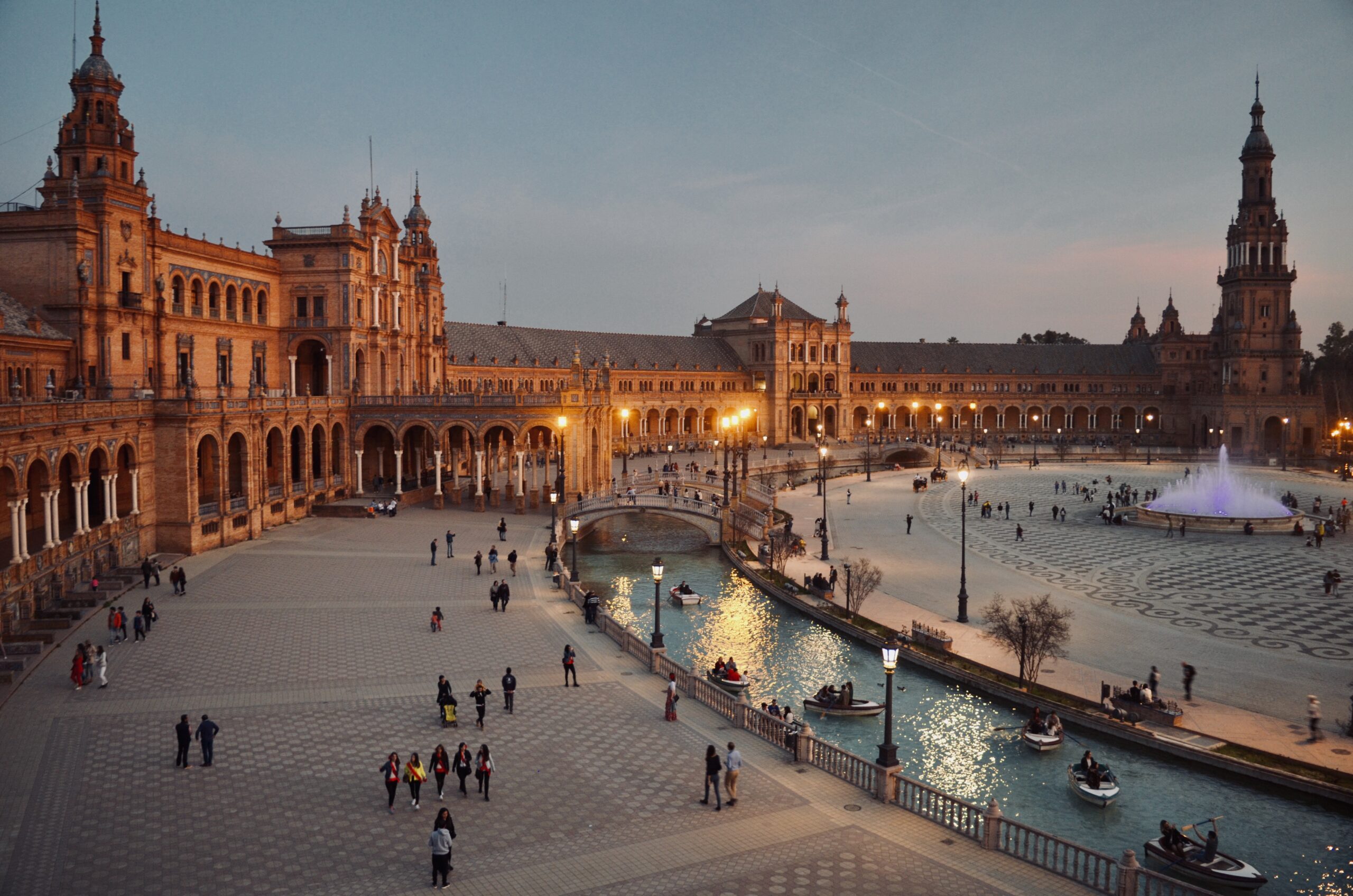
After visiting the park, head to the stunning Santa Cruz neighborhood, one of the most charming neighborhoods in Seville, famous for its beautiful narrow streets, beautiful courtyards, and colorful houses. Explore the beautiful Plaza del Triunfo, the stunning Plaza de los Venerables, and the stunning Hospital de los Venerables, a beautiful baroque building that now houses the Velázquez Center, dedicated to the works of the famous painter Diego Velázquez.
In the afternoon, head to the beautiful Metropol Parasol, a stunning modern structure that offers stunning views of the city. The Metropol Parasol is also home to the Antiquarium, an archaeological museum that showcases the history of Seville from ancient times to the present day.
Day 11: Seville – Ronda – Costa del Sol
Today, you will leave Seville for the Costa del Sol, a region in southern Spain known for its beaches and resorts. But first, you will make a stop in Ronda, a beautiful town situated on a clifftop above a deep gorge. The drive from Seville to Ronda takes approximately two hours.
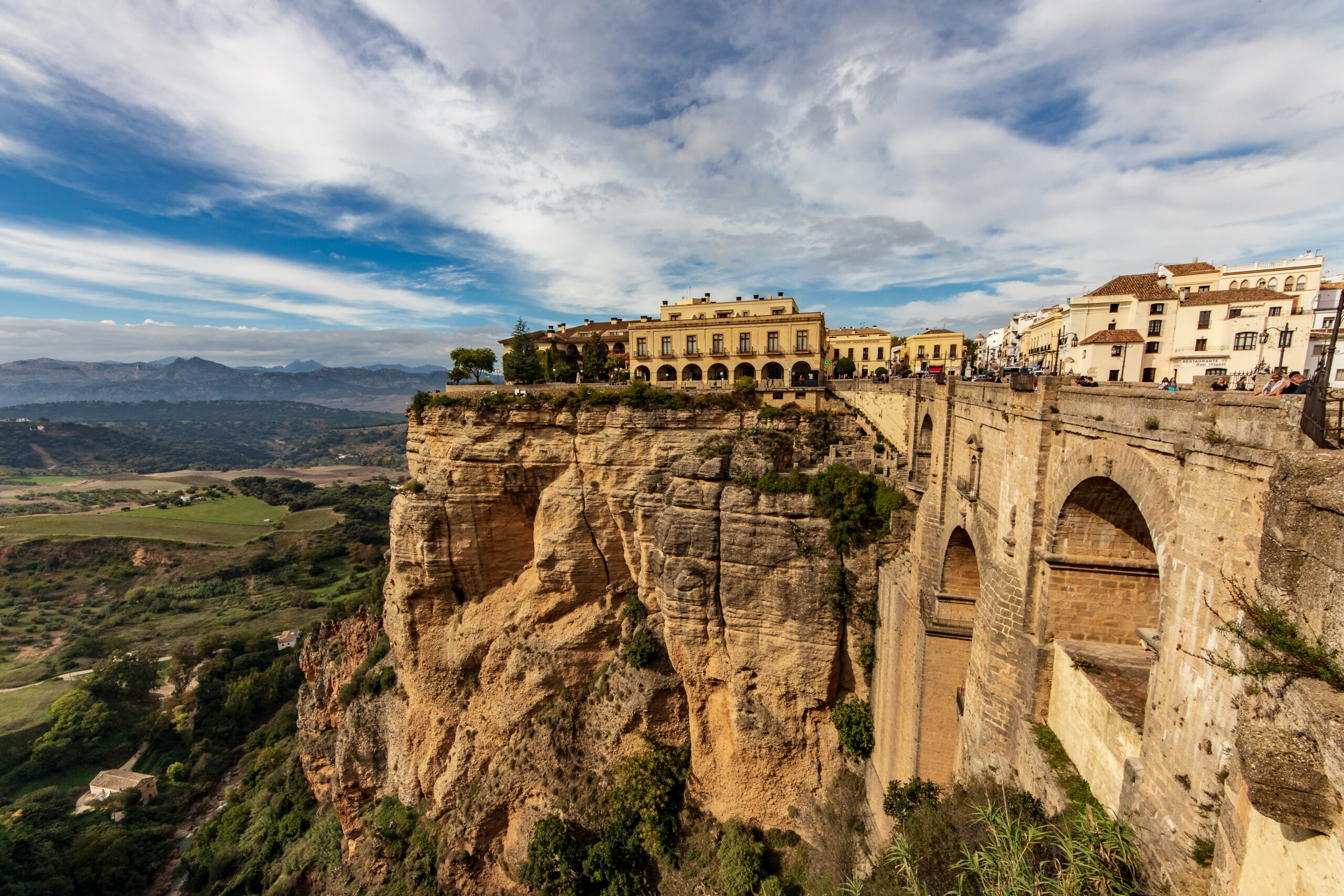
Once you arrive in Ronda, you will have time to explore the town’s historic sites, including the Puente Nuevo bridge, which spans the El Tajo gorge. Afterward, continue your journey to the Costa del Sol, where you will check into your hotel and enjoy the rest of the day relaxing on the beach or exploring the local area.
Day 12: Costa del Sol – Granada
Today, you will leave the Costa del Sol for Granada, the city famous for the Alhambra Palace. The drive takes approximately two hours. Once you arrive, check into your hotel and prepare to explore the city.
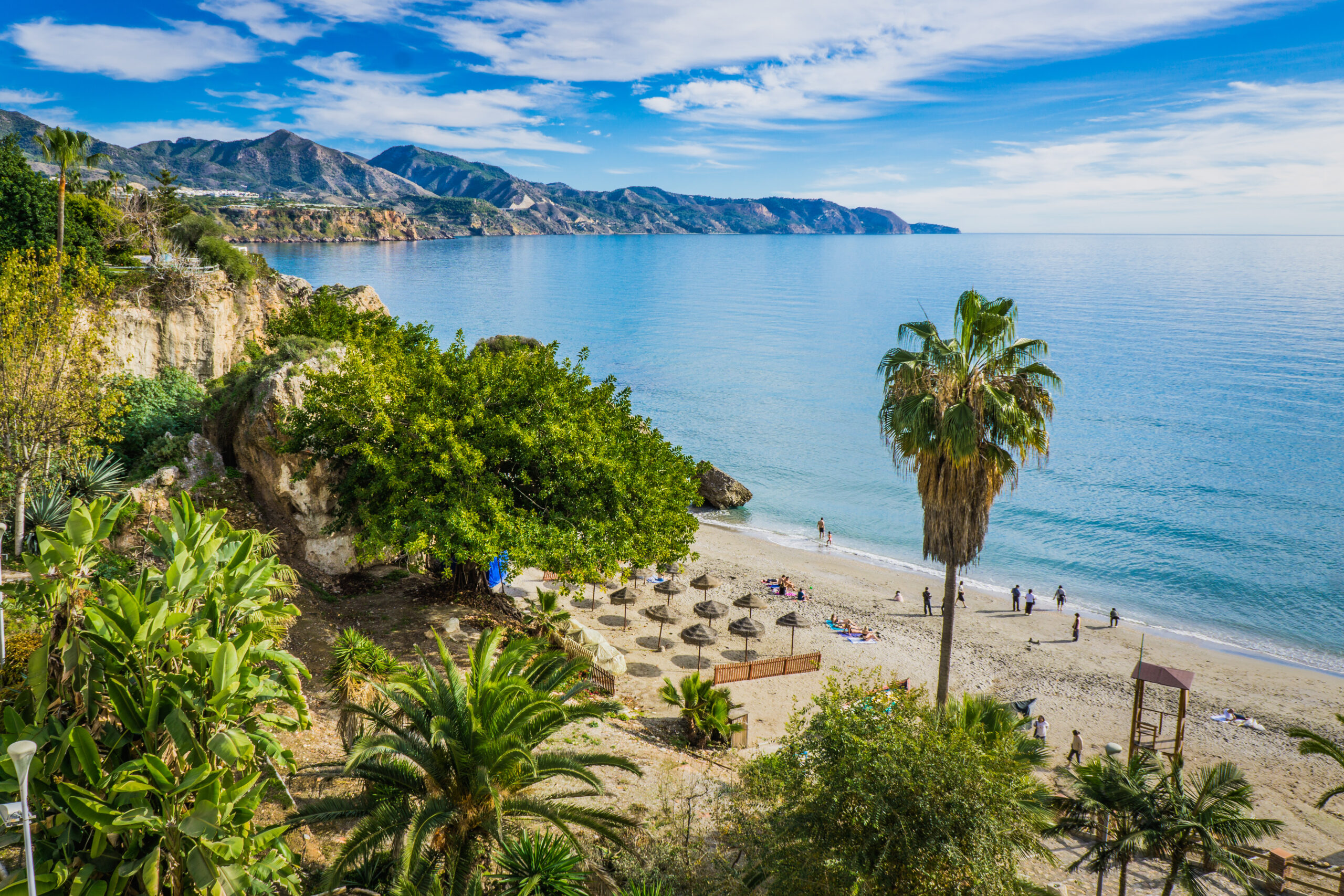
The Alhambra Palace is one of the most popular tourist destinations in Spain, so it’s essential to book your tickets in advance. The palace is a stunning example of Islamic architecture, featuring intricate tilework, carved wood, and beautiful gardens. You should also take time to explore the charming streets of the Albaicin, the old Muslim quarter of Granada.
Day 13: Granada – Toledo – Madrid
Today, you will leave Granada for Toledo, one of the most beautiful cities in Spain. The journey takes approximately four hours by car. Once you arrive, take time to explore the city’s historic sites, including the Toledo Cathedral and the Alcazar of Toledo.
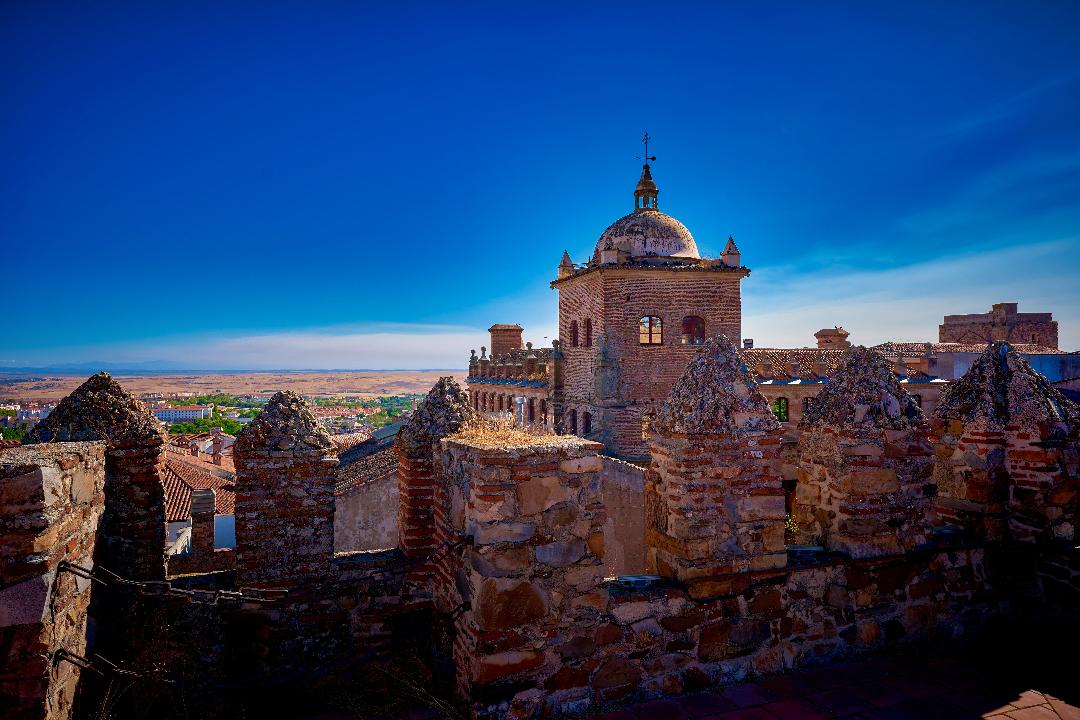
In the afternoon, continue your journey back to Madrid, which takes approximately one hour by car. Once you arrive, check into your hotel and enjoy your last evening in Spain.
Day 14: Madrid Departure
Today, you will depart Madrid and head back home or continue your travels elsewhere. If you have some free time before your flight, you can use this time to explore the city a bit more, visit some of the museums or do some shopping.
Conclusion
Spain and Portugal offer an incredible wealth of history, culture, and natural beauty, and this itinerary will allow you to experience the best of both countries in just two weeks. From the vibrant cities of Madrid, Lisbon, and Seville to the stunning landscapes of Porto, Fátima, and the Costa del Sol, there is something for everyone on this trip.
Whether you are interested in art, architecture, food, or just exploring new places, this itinerary offers a well-rounded experience that will leave you with unforgettable memories. So pack your bags and get ready for an adventure of a lifetime in Spain and Portugal!





